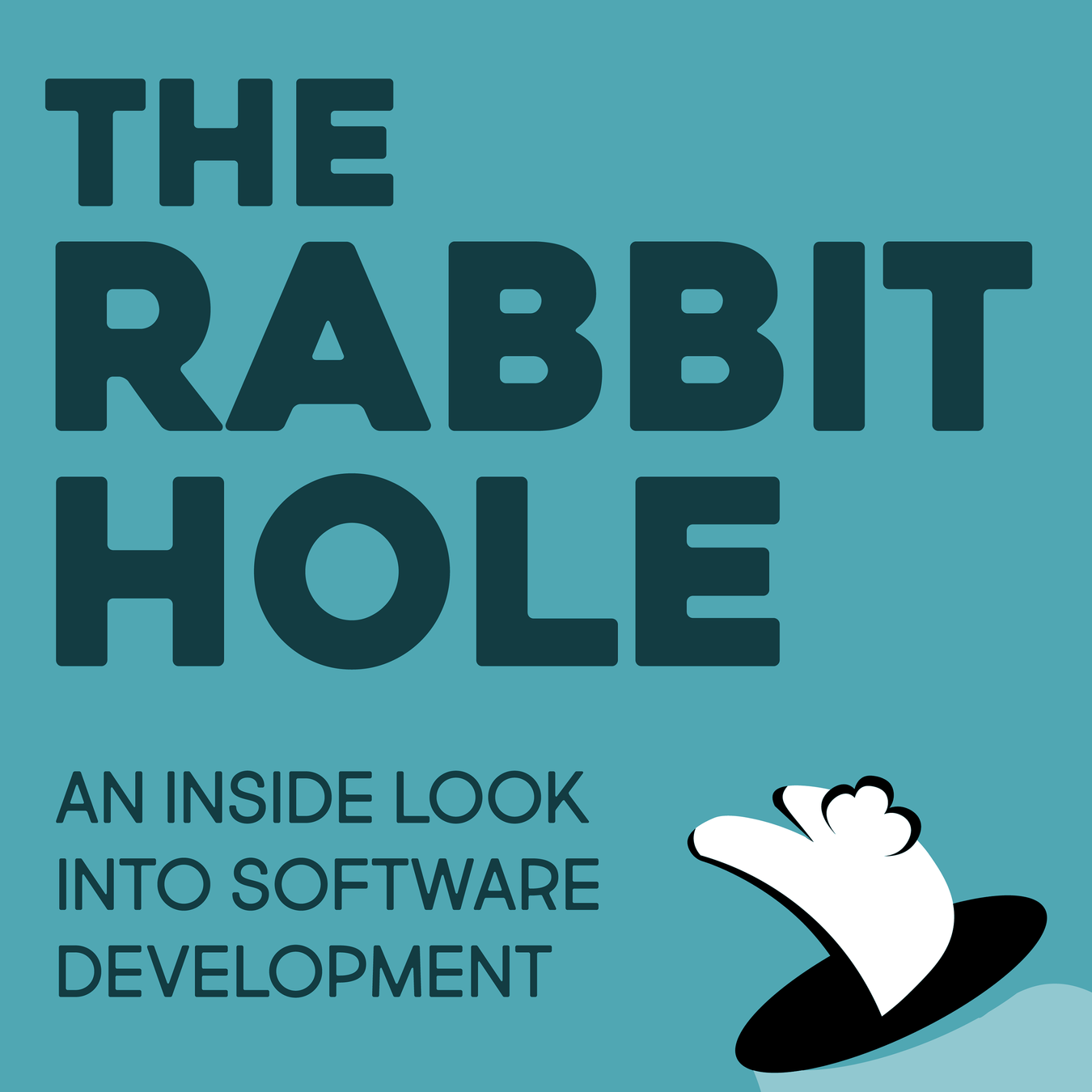Trunk Based Development
🥜In a Nutshell🥜
How I Learned to Stop Worrying And
🐘Love the Trunk🐘
Or...
Dave Anderson
Little Bit About Me


🐘🐘🐘🐘🐘
Brief Intro
- Who's heard of Trunk Based Development before? ✋
- All developers work on a single branch, committing multiple times per day
-
Requires good development practices
-
Drives Continuous Integration
-
Facilitates Continuous Deployment and Lean Experimentation
-
Many different workflows
- 🌊Waterfall
- 🐙Octopus Merge (or gitflow)
- 🌿Branch🌿per🌿feature🌿
- 🌳Trunk based development
💖🌳-Based Benefits💖
- Focus on quickly delivering great code and collaborating with peers rather than the process of shipping it
- Used exclusively by major software development shops that need not be named



What is Trunk Based Development?
A source-control branching model, where developers collaborate on code in a single branch called ‘trunk’ *, resist any pressure to create other long-lived development branches by employing documented techniques, avoid merge hell, do not break the build, and live happily ever after.
-trunkbaseddevelopment.com
🌳 *AKA master
A source control branching model, where developers collaborate on code in a single branch
📚In contrast to Gitflow or branch-per-feature workflows..
✍️✍️✍️Commit directly on master (AKA trunk) with small and frequent changes
Resist any pressure to create other long-lived development branches
-
🕑Create short lived branches for the purposes of code review or CI runs
-
❌Promptly delete them when they are no longer needed (1-2 days, not weeks)
Easy to merge
-
🛣️Small & frequent commits minimize merge conflicts, even for deeper refactors
Never break the build
-
✔️🔍Each commit is atomic and includes tests that are run before merge, both locally and by CI
-
❌↩️If tests fail, the work can be automatically rolled back so others can continue to work while a fix is pursued.
Live Happily Ever After
-
🔀Avoid painstaking merges
-
✨Encourage refactors on the go
-
⏩Changes quickly made available for use and review by stakeholders and team members
-
🔁Shorten feedback loop to make bug fixes and tweaks
-
🌌Avoid scope creep and big bang releases
-
😌Less cognitive load - get things DONE DONE quicker
Dealing with large & complex stories
- 🔷▪️▪️By keeping story sizes small and breaking them down when possible
- 🚩By using feature flags to switch off code that is not yet feature complete
- 👁️By using techniques like branch by abstraction or strangulation
Continuous Code Review
- ⏲️Quick turnaround time to minimize time till useful code can be deployed or shared with team. “Tens of minutes” is “acceptable” More than an hour or two impacts cycle times.
🙋♀️🙋♂️Pair programming also provides a mechanism for quick feedback and review of code and is often used rather than a Pull Request
Confidence in Testing
- 🗺️TDD if possible, but..
- 📐Follow the Test Pyramid
- 🔭Strong production monitoring and alerting a bonus for Continuous Delivery
Cutting a Release
- 🚒If following Continuous Delivery, possible to firehose commits to production
- ↗️Otherwise, use release branches from trunk can be used. Any bug fixes performed in trunk and cherry-picked to the release branch
Happiness, revisited
-
🔀Avoid painstaking merges
-
✨Encourage refactors on the go
-
⏩Changes quickly made available for use and review by stakeholders and team members
-
🔁Shorten feedback loop to make bug fixes and tweaks
-
🌌Avoid scope creep and big bang releases
-
😌Less cognitive load - get things DONE DONE quicker
Questions?
- 🤔
- ⁉️
- 🙋